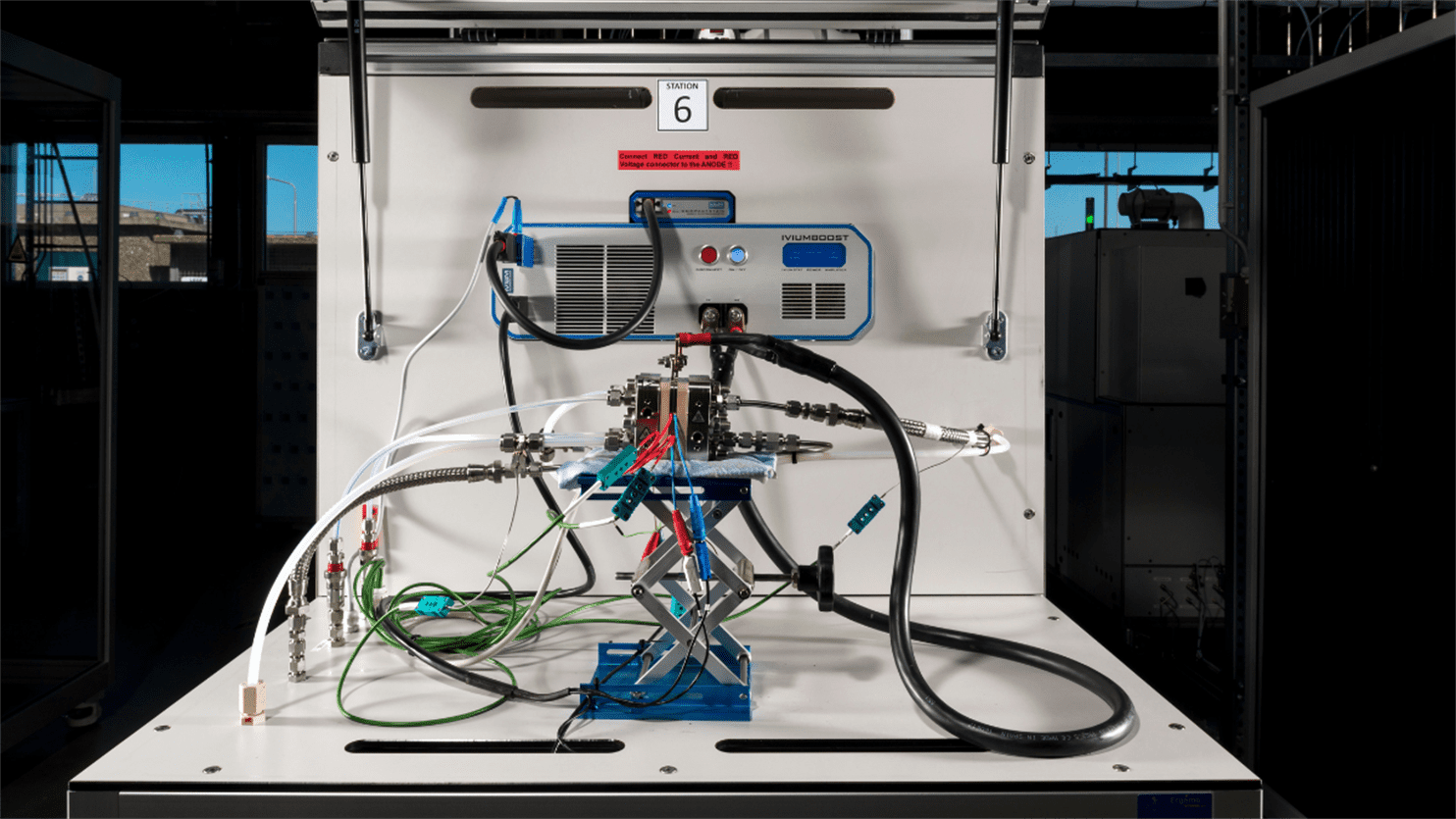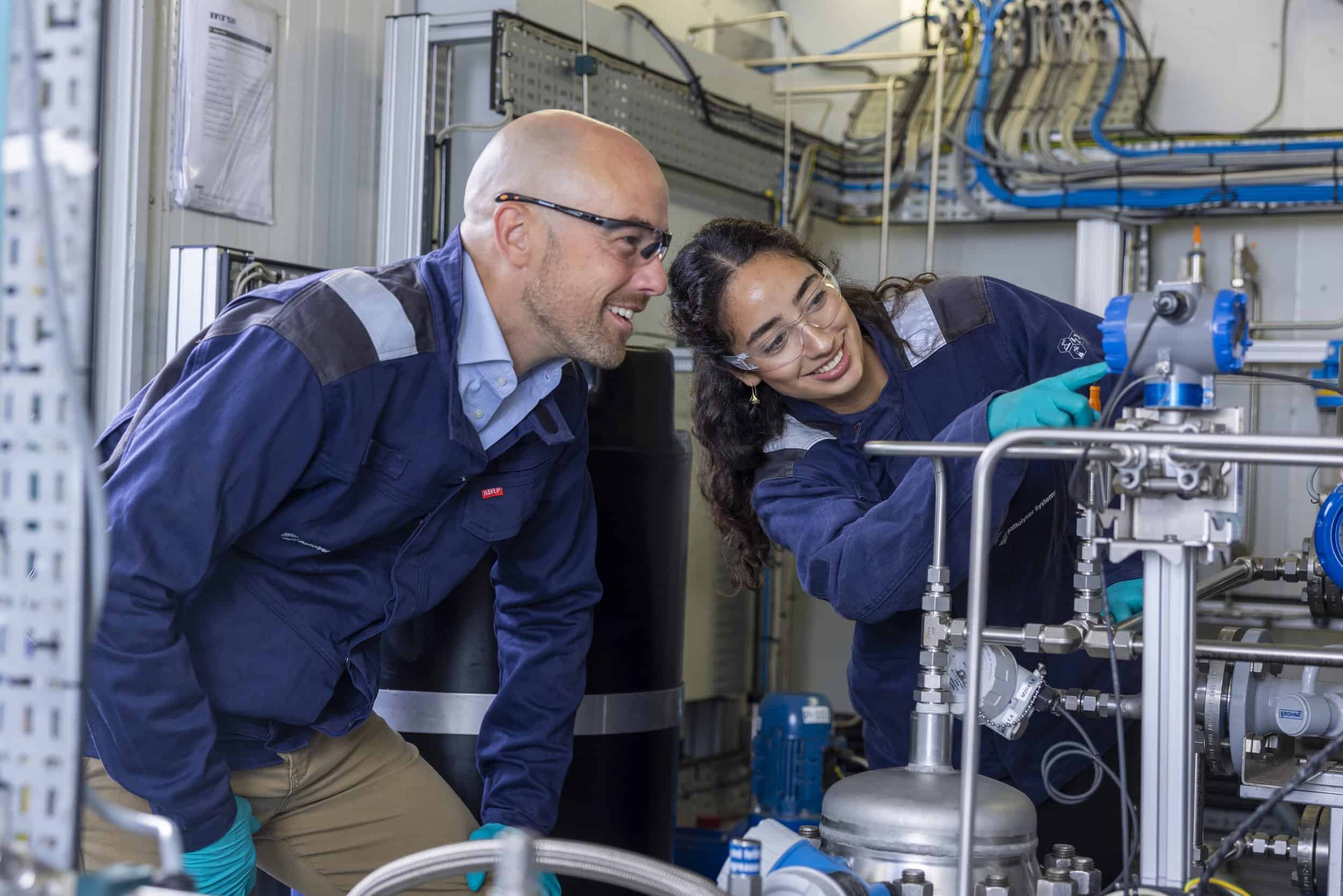
Produced via electrolysis using electricity from the sun and wind, green hydrogen has a crucial role to play in the energy transition. Iridium is a scarce material that is presently essential to electrolyzers working with the commonly used Proton Exchange Membrane (PEM) technology.
Researchers at TNO have been the first to develop a method that will require twohundred times less iridium. With this method, a performance of 25 to 46 percent of the current generation of electrolyzers can already be achieved. A patent application has been made for this method, TNO writes in a press release.
“The expected growth of green hydrogen from 300 megawatts in 2020 to tens of gigawatts in 2030 has a flipside,” explains TNO expert, Lennart van der Burg. “It implies a proportionately growing demand for the scarce iridium for the electrolyzers that will need to be built. Earlier TNO research revealed that the scaling up of electrolysis could be hampered by the extremely limited availability of scarce resources, especially iridium and platinum. In ten years’ time, the demand for iridium will vastly exceed its availability. Moreover, we rely on a small group of countries for its delivery, with all the risks that implies.”
Technological breakthrough
The fact that we are reducing the required iridium by a factor of 200, while already achieving an average of one third of the performance of current electrolyzers, is a technological breakthrough,’ says Van der Burg. TNO researchers of the Faraday Lab in Petten, specialised in electrolysis, collaborated with colleagues from the Holst Centre in Eindhoven. TNO previously developed the spatial Atomic Layer Deposition (sALD) technology here, a method to apply extremely thin layers of functional materials to large surface areas. This technology was intended to birth the next generation of television, tablet, and smartphone displays. The research team has now also made the technology applicable to electrolyzers.
Read the full press release here.
Selected for you!
Innovation Origins is the European platform for innovation news. In addition to the many reports from our own editors in 15 European countries, we select the most important press releases from reliable sources. This way you can stay up to date on what is happening in the world of innovation. Are you or do you know an organization that should not be missing from our list of selected sources? Then report to our editorial team.







